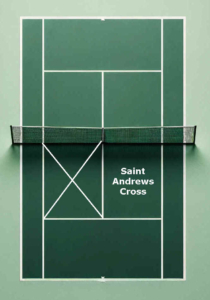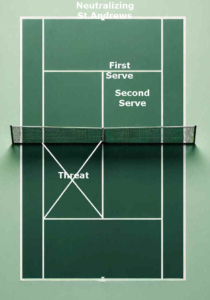Agility Eye Exercises: Mastering Ball Watching
Tennis really has its own vibe, mixing up both physical and mental challenges like no other sport. And let me tell you, keeping your eye on the ball is where most of us trip up, no matter if you’re just starting out or touring the world.
Getting your eyes to quickly switch from checking out something in the distance to zeroing in on something close up, all in a split second, is key!
We teach a series of cool exercises, “Agility Eye Exercises”, that’s all about boosting your quickness, reaction skills, and making sure your eyes and hands are in perfect sync. It’s a game-changer for nailing down that ball focus.
Agility Eye Exercises
What’s the Goal?
Up your game in eye-hand coordination, snap your reaction time into shape, and get laser-focused on watching the ball.
What You Need:
– Any small container, like a ball can
– A bunch of tennis balls
Exercises
1. Drop, Swap, and Catch:
– Hold a ball up by your ear with the can in your other hand.
– Drop the ball and quickly catch it with the can before it hits the ground.
– It’s all about those ninja reflexes and keeping your eyes peeled.
2. Bounce Off the Wall:
– Find a comfy spot near a wall.
– Toss a tennis ball against the wall and snag it with the can.
– Mix it up with different speeds and angles to keep things spicy.
– Flip between hands each time to get both sides working hard and take away your dominance.
3. One-Hand Wonder:
– Bounce the ball on the ground and scoop it up with the can, one hand at a time.
– Flip between hands each time to get both sides working hard.
4. Quick Catch:
– Have your partner throw balls at you rapid-fire.
– Catch them with the can and let them go just as fast.
– This one’s like the real deal, matching the pace of an actual game.
Stepping It Up:
– Make it trickier with smaller cans or by stepping further back from, or closer to, the wall.
– Throw in some moves, catching the ball while you’re on the go.
– Spice it up with marked balls – shout out the number or color as you catch them.
Stick with these exercises, particularly prior to play, and you’ll see a major boost in how you track and watch the ball, even when things get fast and furious on the court. Keep at it, and you’ll be acing those shots with your eyes closed (well, not literally).





